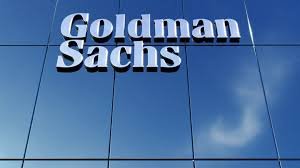American Retail chain, Walmart Inc. saw its stock slide over 2% in early trading on Thursday after reporting Q2 2025 earnings that fell short of Wall Street’s expectations, even as U.S. sales growth surpassed forecasts.
Q2 Financial Performance
For the quarter ending July 31, 2025, Walmart posted revenue of $177.4 billion, up 4.8% year-over-year and above analyst estimates of $176.05 billion. Adjusted earnings per share were $0.68, below the $0.74 consensus.
U.S. comparable sales grew 4.6%, beating the 4.2% forecast, while Sam’s Club sales rose 5.9%, above the 5.3% projection.
Also Read:
Growth was driven by strong grocery and health and wellness sales, with mid-single-digit gains in groceries and mid-teens in health and wellness. Walmart also reported a modest 1.1% “like-for-like” inflation rate in U.S. stores, reflecting its price control efforts.
Strategic Wins
Walmart’s omnichannel strategy, blending digital innovation with its vast network of stores, fueled sales momentum. “The top-line momentum we have in our business comes from how we’re innovating and executing,” said CEO Doug McMillon in a statement.
“Connecting with our customers through digital experiences is helping to drive our business, and AI is making these experiences even better.”
Similarly, he retailer reported market share gains across income brackets, particularly among upper-income households, as its low-price model resonated with consumers navigating tariff-driven cost increases.
Tariffs Biting Hard
However, tariffs on imported goods, particularly from China, forced price hikes on select items. McMillon, speaking earlier this year, noted that narrow retail margins make it impossible to absorb all tariff costs, with price increases already implemented in April and May.
As tariff uncertainties loom, Walmart continues to balance cost pressures with its commitment to value. Its investments in AI, e-commerce, and store-based fulfillment position it to maintain market leadership, but investors will closely watch how the company navigates the challenge of rising costs in the quarters ahead.























